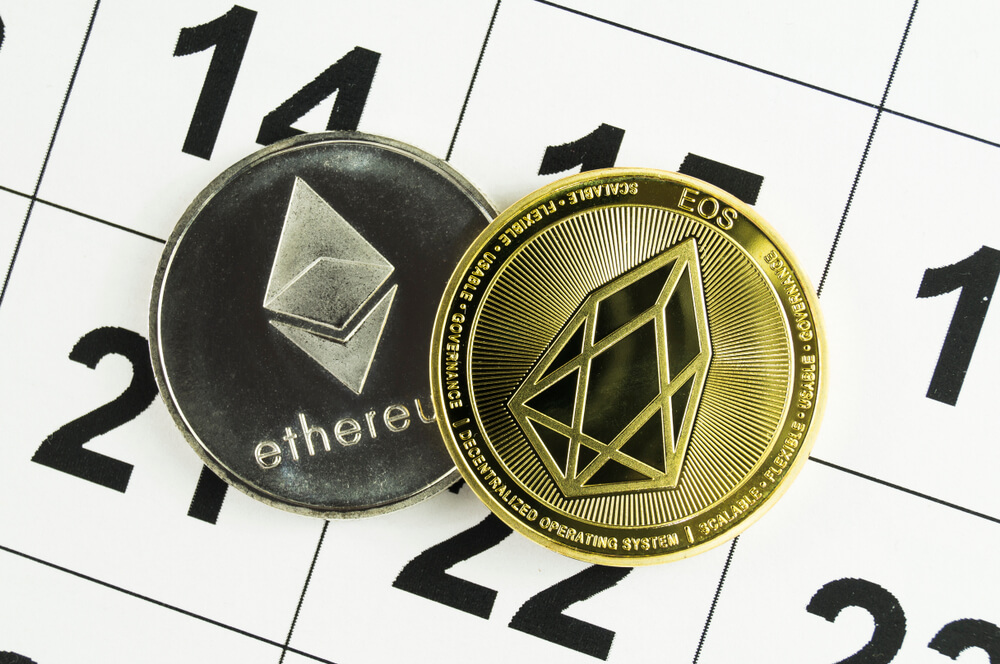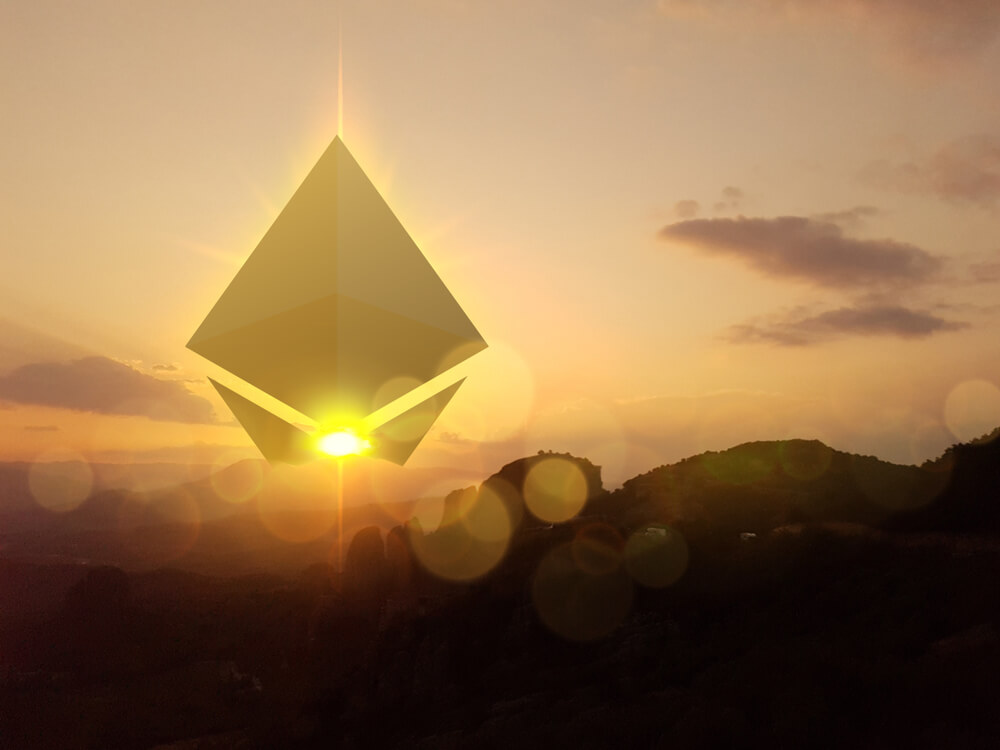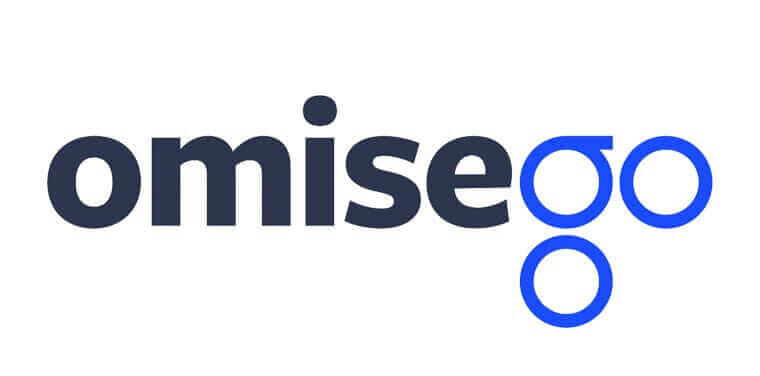From being centralized to being expensive, today’s crypto exchanges come with their own share of issues. Besides, they often have a limit on how many transactions they can handle, a factor that has led to downtimes in times of high traffic.
A solution is thus needed for instant, peer-to-peer transactions on a scalable platform. With its game-changing Plasma technology, OmiseGO promises to be the frontier for such a solution. What is this Plasma technology, and what exactly is OmiseGO? We answer this question together with detailing how you can acquire some OMG coins and more.
What is OmiseGO?
Founded in 2017, OmiseGO (OMG) is a decentralized crypto exchange and a bank that runs on the Ethereum blockchain. The project describes itself as “the answer to a fundamental coordination problem among payment processors, gateways, and financial institutions.”
OmiseGO is the brainchild of Omise, a payments company based in Thailand. The team comprises CEO Jun Hasegawa, Vitalik Buterin, Joseph Poon, Dr. Gavin Wood, Vlad Zamfir, and Roger Ver.
The project’s mission is to enable people to have secure access to financial services, including the ability to invest, exchange, and spend digital assets anywhere.
OmiseGO has two products: the white label eWallet and the decentralized OmiseGO network. The OmiseGO network uses Plasma architecture to achieve scalability. (A white label product is one that can be used by many different brands. That means developers can create their own wallets based on OmiseGO’s eWallet.)
OmiseGO’s Core Components
The OmiseGO platform has five core components: a decentralized exchange, a developer kit, eWallet Suite, OmiseGO coin (OMG), and Plasma technology. Let’s look at these technologies in more detail below:
Decentralized Exchange
OmiseGO’s decentralized exchange allows cross-chains transactions to take place, meaning users can trade cryptos directly across blockchain networks. These transactions are verified through a proof-of-stake consensus mechanism in a process where OmiseGO users stake their tokens to vote on the validity of transactions.
A Software Developer Kit
OmiseGO’s platform provides a set of tools to developers with the hope that they will use these tools to create high-quality, user-friendly wallets for users on the platform. The kit is designed in such a way that developers do not have to have an in-depth understanding of blockchain to create wallets. With the kit, developers can also integrate debit and credit card account transfers through which users can deposit, withdraw, and convert fiat money into digital currency.
OMG Token
The OmiseGO Network relies on a Proof-of-Stake mechanism to validate transactions. Coin holders leverage their stake to have a say in the running and protocols of the network in a decentralized manner.
Users also pay for transactions on the network via OMG coin.
eWallet Suite
OMG’s eWallet suite is a bridge that allows users to connect seamlessly to the OmiseGO network.
It allows users to interact seamlessly with the OmiseGO network. The wallet is customizable, meaning you can tweak and develop it to suit your own needs. You can also use it to store loyalty points, game tokens, both crypto and fiat money, and more.
Plasma
Plasma is a blockchain scaling solution created by Joseph Poon and Vitalik Buterin. Plasma’s white paper states that “Plasma is a proposed framework for incentivized and enforced execution of smart contracts which is scalable to a significant amount of state updates per second (potentially billions) enabling the blockchain to be able to represent a significant amount of decentralized financial applications worldwide.”
In essence, Plasma is blockchains on top of a root chain. Think of plasma being the branches to the root, i.e., the main blockchain, e.g., the Ethereum blockchain.
Here are the design goals of the project
One main blockchain and child chains – The main blockchain is the root blockchain, and every other child chain is derived from it. Both types of blockchains run independently of each other.
Minimization of the need for trust – The system is as trustless as possible. None of the child chains is dependent on the actions of particular actors.
Ledger scalability – The blockchains need to hold a lot of data. The ‘branch’ chains should be able to accommodate the data that would be normally held by the main blockchain.
Scalability – The child chain ought to be able to implement various scaling solutions, e.g., sharding and the lightning network.
Localized computations – Each child chain should be able to perform their own calculations and provide updates to the main blockchain at regular intervals.
Fraud proofs – In the event of a dispute, the concerned party should be able to send proof to the root chain. The root chain can then roll back the state of the child chain and penalize the signers of the block of the child chain.
Uniqueness for every chain – The child chains should have their own governance procedures, provided they are reporting back to the main chain at the required intervals
What’s So Special with OmiseGO?
OmiseGO differentiates itself from standard exchanges by two qualities: decentralization and being currency agnostic.
Decentralized. Today’s exchanges are centralized, meaning they are owned by an exchange that makes all the decisions and owns users’ data. On the contrary, OmiseGO is completely decentralized, so users retain ownership of their data. Data is also secure on the blockchain such that it’s impossible to tamper with.
Currency Agnostic. The majority of exchanges only allow users to obtain a particular crypto after converting fiat money to another crypto, mostly Bitcoin or Ether. This process is inconvenient and also expensive as users are charged fees at every stage.
OmiseGO circumvents this process by charging a small flat fee for all conversions, whether from fiat to crypto or from crypto to crypto.
OMG Statistics
OmiseGO is currently trading at 0.652534 (December 23, 2019) while ranking at number 47 in terms of market capitalization. Its all-time high was $28.35 on January 08, 20, while its all-time low was $0.319695 on July 16, 2017. OMG’s total supply is 140, 245, 398.
How to Buy and Store OmiseGO
You can buy OMG coins from exchanges such as Binance, Kucoin, HitBTC, and more. Most exchanges will require you to purchase BTC, Ether, or Litecoin so as to exchange it for OMG. Some exchanges also accept Litecoin.
You can use any ERC 20 compatible wallet to store OMG. Hardware wallets such as Trezor, Ledger Nano, Cobo Vault, and Cool Wallet S are also recommended.
Conclusion
OmiseGO promises to change the crypto exchange landscape with cheaper fees, a decentralized function, and creative, user-friendly wallets. The company behind it is an established player in the Asian market, boasting a massive base of users. The project is also supported by leading players in the blockchain and crypto space, putting it in a competitive spot. Its Plasma technology has capabilities that could see OmiseGO disrupt the crypto exchange industry. It should be interesting to watch how the OMG evolves in the coming years.



